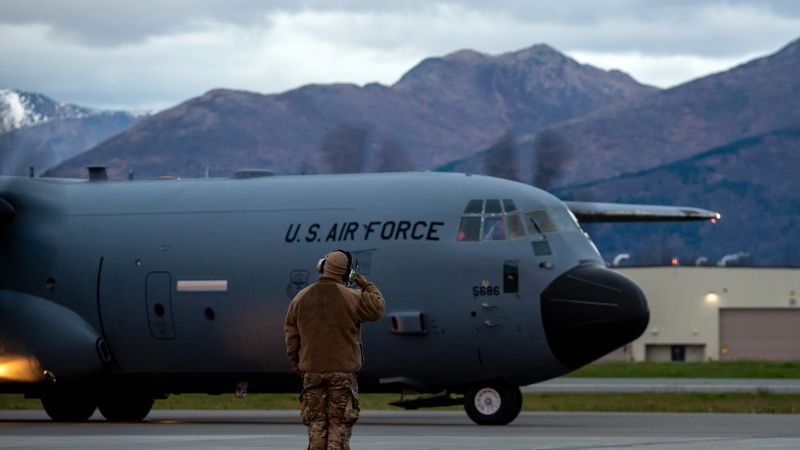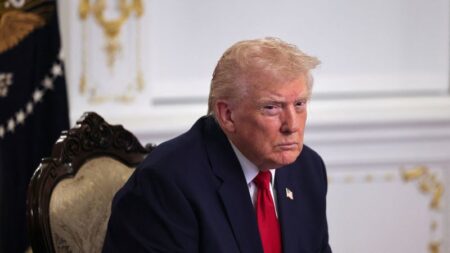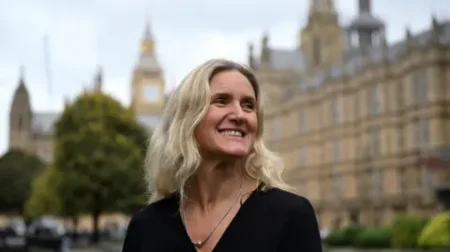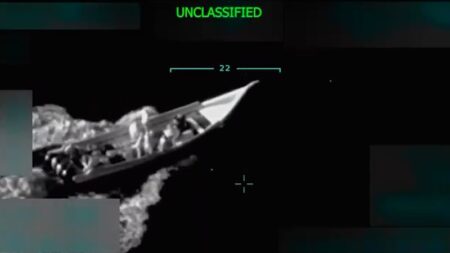The upcoming summit between President Donald Trump and Russian President Vladimir Putin has sparked intense preparations and unexpected hurdles due to its unique location in Alaska. Officials from the U.S. government faced significant difficulties in securing an appropriate venue for the meeting. One major challenge they encountered was that it fell during the peak tourist season, which made options for hosting the summit extremely limited. The American officials quickly realized that July would not be a favorable time for such an event given the influx of visitors to the state.
As discussions about the summit gained traction, a number of prominent Alaskans offered their homes as potential venues for the meeting, underscoring the community’s eagerness to host the two leaders. However, there is no confirmation that these suggestions ever reached the decision-makers at the White House. Meanwhile, officials were simultaneously reaching out to various sites in Juneau, Anchorage, and Fairbanks in search of a suitable location.
In the end, Anchorage emerged as the only city in Alaska with adequate facilities for the summit. More specifically, Joint Base Elmendorf-Richardson, located on the outskirts of Anchorage, met the security requirements critical for such a high-stakes encounter. However, there was an inclination within the White House to avoid the perception of hosting the Russian leader on a military installation, which complicated the planning process.
As American and Russian officials scrambled to finalize details for the summit, the significance of the meeting loomed large. This event marks the first face-to-face interaction between the heads of government from the two nations in over four years. Given the time constraints, U.S. Secretary of State Marco Rubio and Russian Foreign Minister Sergey Lavrov engaged in conversation to discuss preparatory aspects. This last-minute arrangement highlighted the often chaotic nature of organizing a high-profile international summit.
Traditionally, significant meetings between leaders, especially involving adversaries, are preceded by meticulous planning and extensive negotiations. However, Trump indicated that he views this summit more as an opportunity to assess Putin personally rather than a forum for concrete outcomes. He characterized the meeting as a “listening session” and expressed his intent to gauge Putin through direct, face-to-face interaction.
Amidst this backdrop, Trump conveyed a belief that personal meetings are crucial for building diplomatic relationships. He stated that he needs to establish a personal connection to effectively evaluate Putin’s intentions, suggesting that phone calls alone would not suffice. This perspective reflected a broader diplomatic approach that often emphasizes the value of personal connectivity between leaders.
The decision to host the summit in Alaska emerged after a prolonged negotiation process characterized by multiple considerations, including the possibility of a European location. A war crimes warrant from the International Criminal Court, issued for Putin in 2023, complicated the situation further. Consequently, Putin and his team were resistant to locations in Europe, even traditional sites known for U.S.-Russia summits. Alternatives presented, including the United Arab Emirates, were deemed less favorable by U.S. officials who hoped to avoid an extensive relocation to the Middle East after Trump’s previous diplomatic engagements in the region.
American officials were reportedly pleased with the eventual decision to host the summit on U.S. soil, particularly at a site that holds historical significance as part of the erstwhile Russian empire. Trump considered it a gesture of respect from Putin, as opposed to convening in a neutral third-party location.
However, not everyone shared the positive sentiment regarding Alaska as the site for the meeting. John Bolton, a former national security adviser to Trump, remarked that the location offered Putin a favorable advantage, suggesting that it was almost as if the summit could have been held in Moscow itself.
The logistical planning for the summit contrasts sharply with the organized preparation that accompanied previous high-profile meetings such as that between President Joe Biden and Putin in Geneva. Biden’s summit featured extensive planning, underscored by careful coordination, detailed agendas, and even efforts to curate the ambiance of the meeting environment.
As the Alaska summit nears, Trump continues to engage with global leaders, including a virtual meeting with European allies and Ukrainian leaders to gather insights ahead of his discussions with Putin. It’s important to note that while discussions seem to be evolving rapidly, the actual implications of the talks and what prompted the initiative remain somewhat vague; there exists frustration among international observers regarding the lack of clarity about the content and purpose of the planned discussions.
In conclusion, the summit between Trump and Putin holds significant weight in the geopolitical landscape, potentially shaping U.S.-Russia relations. With preparations still in progress, the coming days will reveal how effective the meeting proves to be in navigating the complicated terrain of international diplomacy. As Trump prepares for direct dialogue, all eyes will be on Anchorage to see how the dynamics unfold between these two influential leaders.











